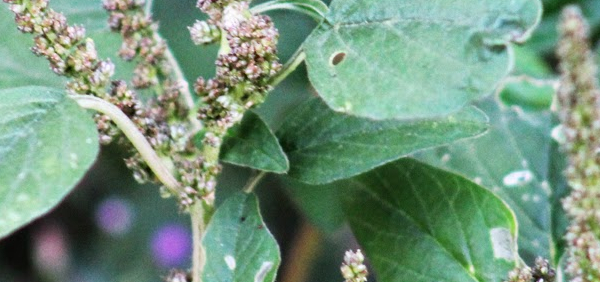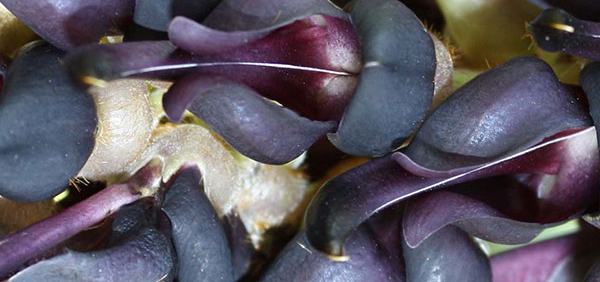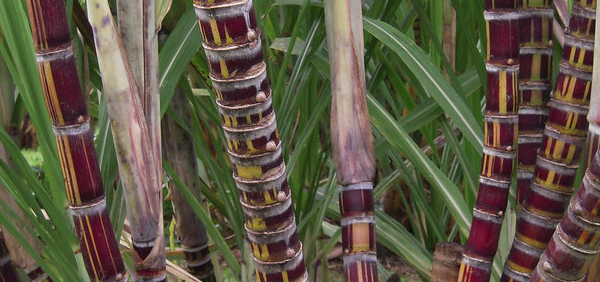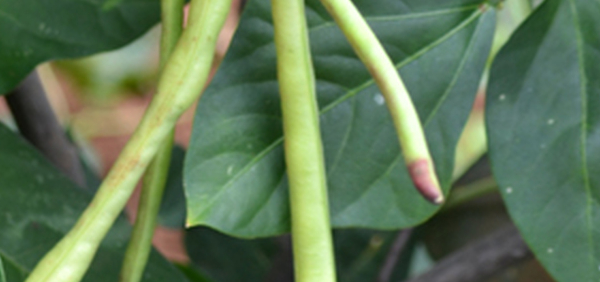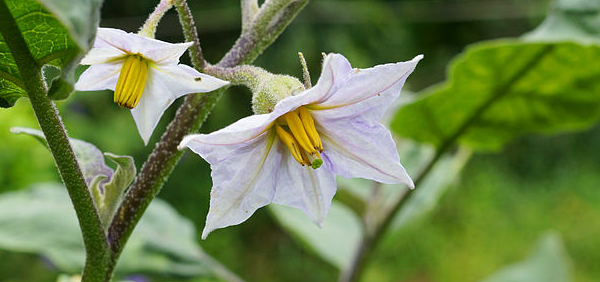kumbhi :
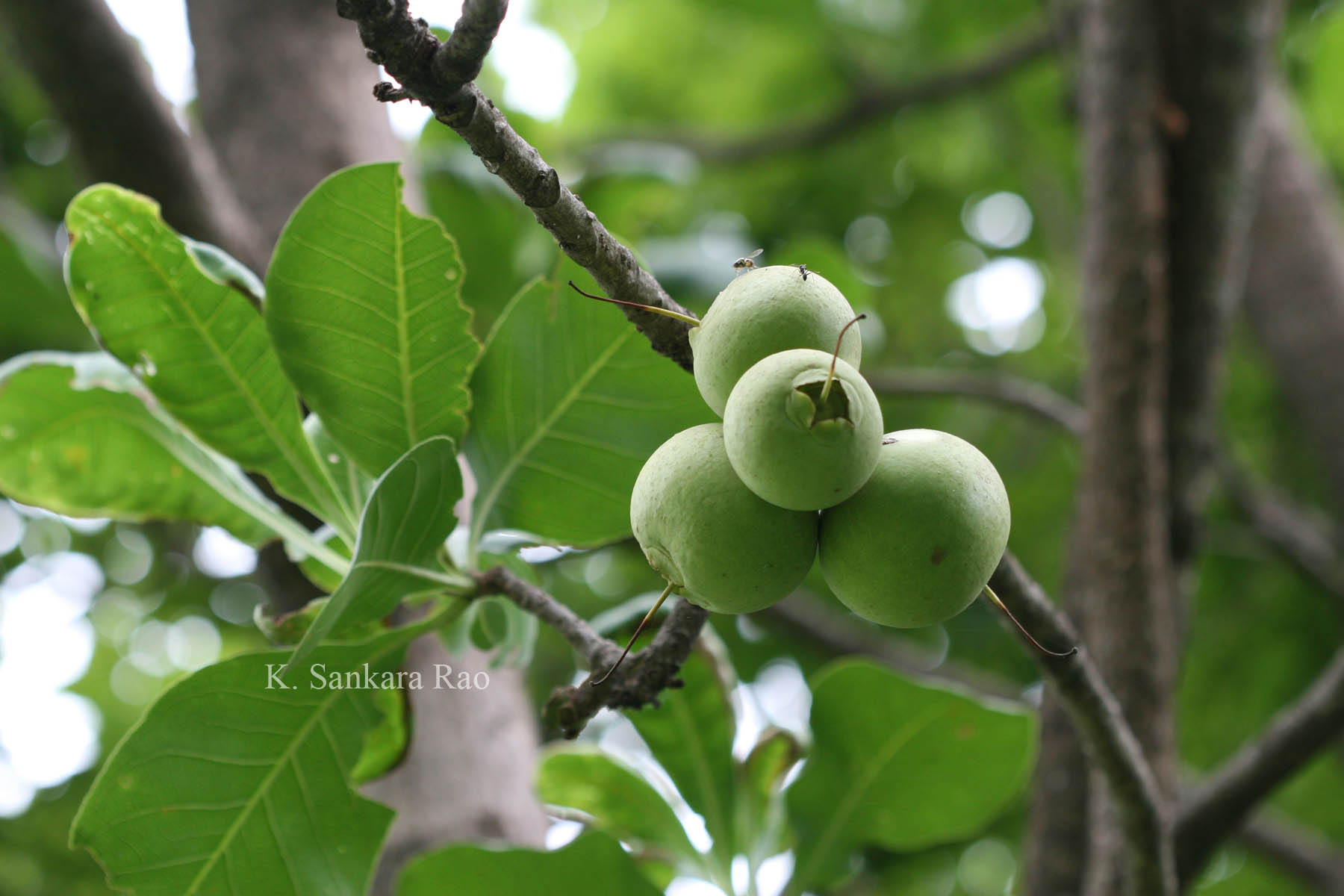
Morphology:
C. arborea is a tree having a spreading crown and height of about 20 meters. Arrangement of leaves is alternate. Flowers are large, sessile, ill smelling and yellowish white colored. Inflorescence of flowers is racemose. Flowering season is March to April. Fruit is large, round shaped, fleshy and green in color, seeds being embedded in this fleshy pulp. Bark is of dark grey color and usually exfoliates in thin stripsHistology:
Stem Bark
Stem bark of C. arborea is of dark grey color, thick and rough having cracks which are usually shallow. It is odorless and has astringent taste. In transactional view, the bark shows 8 to 16 layers of rectangular shaped, brownish black colored, thick walled cork cells. Inside the cork, there are 2 to 3 layers of phellogen which produce phelloderm cells centripetally. Parenchymatous cells of cortex are multilayered, polygonal to rectangular in shape. Secondary phloem is also present consisting of phloem parenchyma, fibers, vessels and 1 to 2 seriate medullary rays. Phloem parenchyma and cortex cells contain crystals of calcium oxalate. In powder of the bark, thick walled lignified fibers, about 38 to 66 micrometer in length and crystals of calcium oxalate of 10 to 15 micrometer are characteristic .
Leaf
Color of leaf is green, shape is obovate and apex is acuminate with crenate margin. Length and width of fresh leaf is 15-22 cm and 7-12 cm respectively with 0.1-1.8 cm long petiole. In transverse section of leaf through midrib, thick cuticle over the epidermis is prominent on both adaxial and abaxial sides. Inside the epidermis, there is collenchyma tissue, a single layer of palisade cells and few layers of spongy mesophyll cells. In the midrib, one large central and two relatively lateral bundles of vascular tissue embedding in the spongy mesophyll cells are found. These vascular bundles are surrounded by lignified sclerenchyma fibers. Xylem tissue consists of fibers, tracheids, parenchyma and vessels forming the shape of a cup and phloem surrounds it. Stomata are of anisocytic type. Leaf constants per mm2 area are: Stomata number, upper surface (28.00), lower surface (188.00); Stomatal index, upper surface (8.26), lower surface (31.18); Vein-islet number (6.00-8.00); Veinlet termination number (7.00-9.00); Palisade ratio (6.00-8.00 per cell) [3] .
Fruit
Fruit is berry type, large and green colored. It has persistent style and calyx and weighs about 100 g. Outermost layer of fruit is epidermis with a waxy covering. Inside epidermis there is collenchymatous hypodermis, inside which loosely packed parenchymatous cells are present having scattered vascular bundles. Some of these parenchyma cells have stone cells which provide mechanical support. Placentaion of ovules is axial with 4 locules
- » Classification and names of kumbhi
- » Synonyms and definitions of kumbhi
- » Drug Properties of kumbhi
- » Chemical Constituents of kumbhi
- » Standardization of kumbhi
- » Parts used and Dosage of kumbhi
- » Morphology and Histology of kumbhi
- » Distribution and Conservation of kumbhi
- » Cultivation of kumbhi
- » kumbhi in the market
- » Medicinal Uses of kumbhi
- » Researches and clinical trails of kumbhi
- » kumbhi in other sytems of medicine
- » Ayurvedic formulations with kumbhi
- » Images of kumbhi




